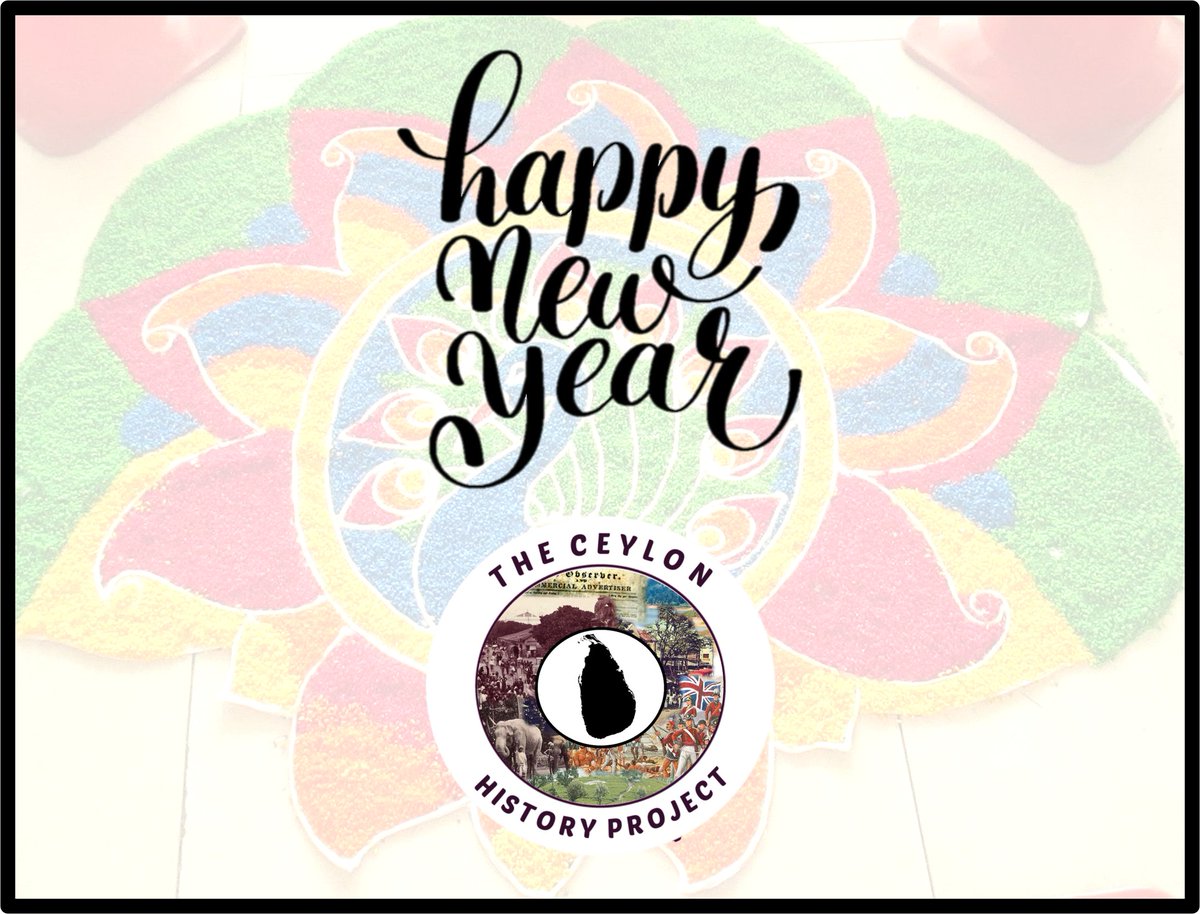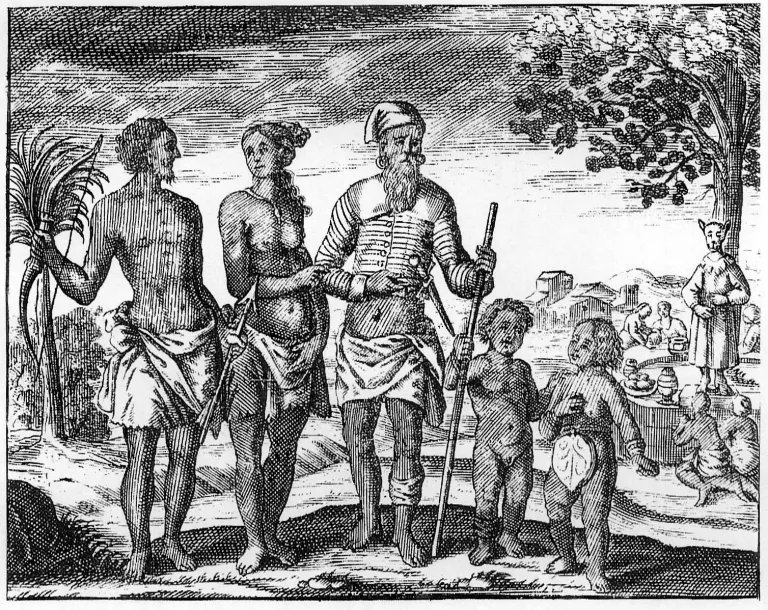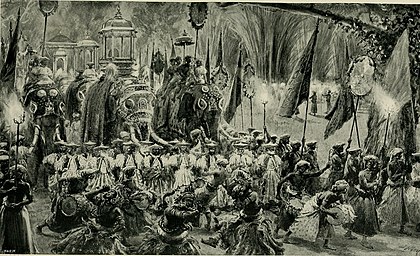
Today, we're angered by inflation but did you know your ancestors experienced similar conditions 150 years ago...
In 1866, Grain Riots broke out over the price of rice and a weak British colonial response. Read how it unfolded below...
#srilanka #EconomicCrisisLK #GoHomeGota
In 1866, Grain Riots broke out over the price of rice and a weak British colonial response. Read how it unfolded below...
#srilanka #EconomicCrisisLK #GoHomeGota

For centuries, while rice cultivation in Sri Lanka existed, the country mainly relied on imports from India for it's supply. This continued even after the British took control of Ceylon in 1796 and they imposed import duties and taxes to profit off this trade and raise revenue. 

However, in 1866, a massive famine struck the east coast of India killing 4-5 million people. This shortage of rice caused the price of rice to tripled in Ceylon from 6 to at most 20 shillings.
This strained poor village communities, many of which depended on this imported rice.
This strained poor village communities, many of which depended on this imported rice.

Unfortunately, the British colonial government did nothing to alleviate this issue. No price controls were introduced and the status quo was kept, "leaving prices to adjust themselves by the influence of the natural laws of supply and demand" as people starved. 

The colonial government continued to provide no relief. The Ceylon Times called the response, "very incredulous" given their "ample income".
The Times asked "Does he expect to see evidence of starvation on the Galle Face or in the Cinnamon Gardens as he takes his evening drive?"
The Times asked "Does he expect to see evidence of starvation on the Galle Face or in the Cinnamon Gardens as he takes his evening drive?"

Local in Colombo raised thousands of pounds in a relief fund effort but to no avail. Riots broke out on Oct 21 as people looted shops and owner armed themselves to protect their property.
Eventually, the price rose to 36 shillings! (Imagine paying $100 for a bag of rice today!)
Eventually, the price rose to 36 shillings! (Imagine paying $100 for a bag of rice today!)

Eventually, voluntary price controls by traders and police involvement ended the crisis, but the policies that caused the issue remained in place. The British government even criticized local relief efforts for "scaring" citizens about the rising prices!
This story shows that we are not alone in our struggles. The economic situation then is similar to the current one today.
Our ancestors faced hardship just like ours. If we can learn from them, we can make a difference!
Read more here: jstor.org/stable/179035?…
Our ancestors faced hardship just like ours. If we can learn from them, we can make a difference!
Read more here: jstor.org/stable/179035?…
• • •
Missing some Tweet in this thread? You can try to
force a refresh













